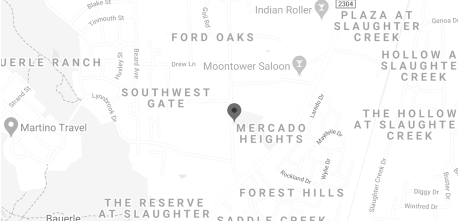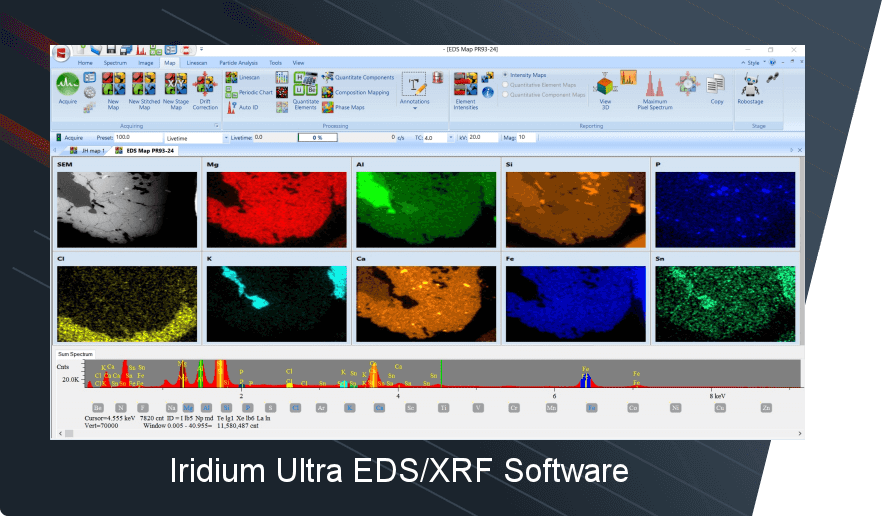When a firearm is shot, in addition to the projectile(s), a mass of debris comes out the muzzle. These gunshot residues (GSR) can include various primer residues, residues from projectiles, and partially burned and unburned gun powered particles. The examination and analysis of GSR on items of evidence can allow determinations to be made as to weather a hole or defect is consistent with being caused by a bullet (or other firearm-related projectiles). In a crime lab equipped with an IXRF ATLAS series microEDXRF (micro-XRF) spectrometer, a forensic scientist can examine patterns of GSR on items of evidence to determine muzzle-to-target distance and other parameters of interest.
Application Note
Gun Shot Residue on Textiles
Application Note
Gun Shot Residue
Background
Gun shot residue fabric piece was mounted on a sample plate. It was elementally mapped in an area around a hole, with the X-ray tube set to 50 kV and 1000 μA (no tube filter). Map size was set to be 88.18 x 65.25 mm. Due to the sample not being perfectly flat when mounted, it was mapped with the stage slightly lower than the proper working distance to account for the variation in sample height. IXRF System’s ATLAS micro-XRF imaging spectrometer has the X-ray source pointing straight down onto the sample, which allows the user to alter the spot size to be larger as the stage is lowered from the optimal working distance.
This sample was imaged with a spot size of about 60 μm and was collected at optimized conditions to highlight the features of the unit, the spot size, and the software. The optimized map was collected for 35 hours. It is possible to collect a much faster map of the area of interest by simply altering some of the collection parameters. Optimized maps are shown above, with each square representing a different element. The elements are listed in the upper left corner of each map. Maps are from left to right, top to bottom: X-ray image, Ca, Cr, Fe, Ni, Cu, Zn, Sb, Ba, Pb.
Analysis
Image, Sb, Ba, and Pb maps from the previous screen are shown enlarged to show the detail collected in the maps. Elemental maps are shown as intensity, hence brighter areas are higher intensity. To compare the variation of the elements across the area of interest, software features were used. Read more …
Looking for a Specific Application Note?
Fill out the form to request an application note. We have many that are instantly available and others we will customize to your needs.







